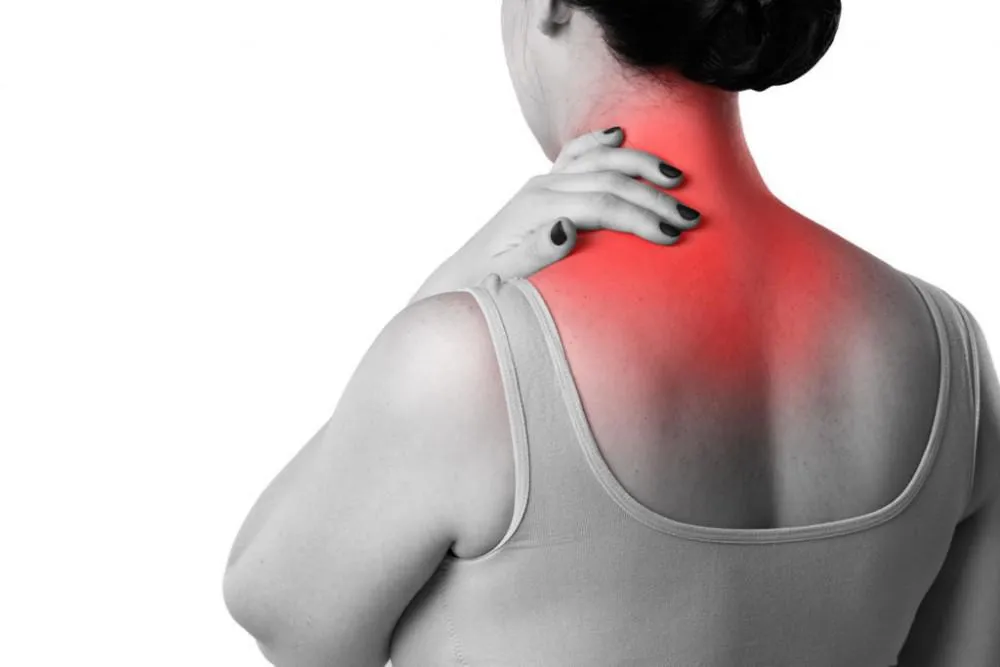Achilles Tendinitis: Symptoms, Causes, Prevention
Achilles tendinitis is a prevalent overuse injury that impacts the Achilles tendon—a critical band of tissue that connects the calf muscles to the heel bone.
Oct. 21, 2023, 4 min read, Articles
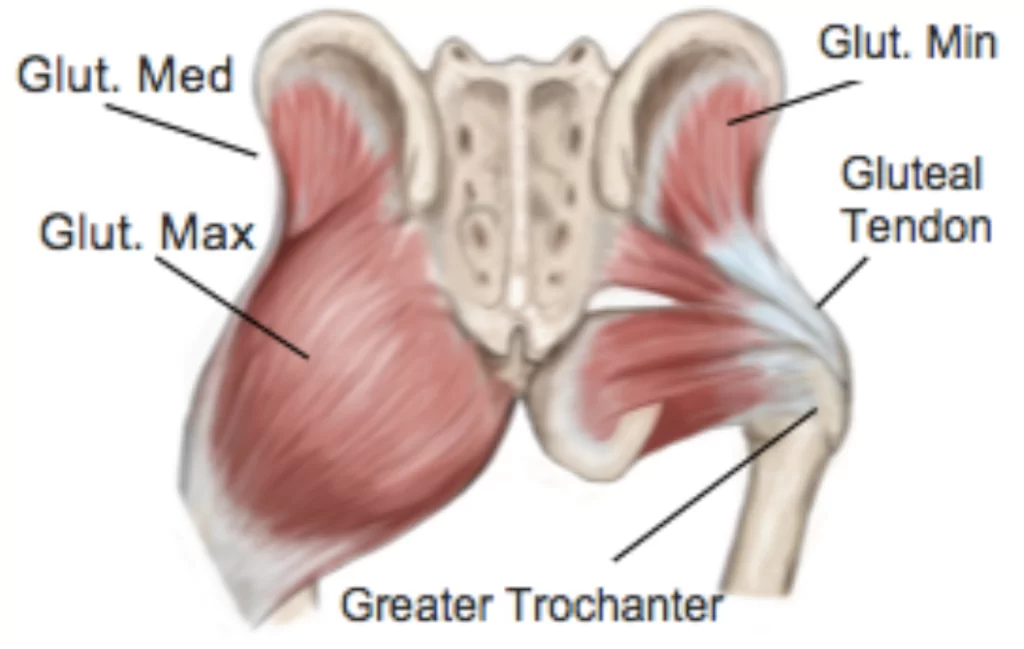
The Gluteal tendons are robust bands of tissue that connect the deep buttock muscles (gluteus medius and minimus) to the hip bone at a site known as the greater trochanter. Gluteal Tendinopathy is sometimes referred to as Greater Trochanteric Pain Syndrome (GTPS). These tendons play a crucial role in transferring the force generated by your gluteal muscles to the thigh, enabling a range of movements such as lifting your leg out to the side and maintaining pelvic stability during activities like walking, running, squatting, climbing stairs, and rising from a chair.
Gluteal tendinopathy refers to the irritation or damage to the tendons in the gluteal region, leading to pain and limited mobility. This condition is often associated with overuse, muscle imbalances, or traumatic injuries that affect the integrity of the gluteal tendons.
At York Rehab Clinic, we provide a range of specialized services aimed at effectively managing gluteal tendinopathy. Our comprehensive treatment approach includes:
While gluteal tendinopathy, gluteal tendinitis, and trochanteric bursitis share some common symptoms and affect the hip and buttock region, each condition has distinct characteristics and underlying causes.
Gluteal tendinopathy refers to a chronic condition involving the degeneration of the gluteal tendons, which connect the gluteal muscles to the hip bone. This condition typically develops due to repetitive stress or overuse of the tendons. It can cause persistent pain and stiffness in the hip region, leading to mobility issues and discomfort during activities such as walking, climbing stairs, or sitting for extended periods. Gluteal tendinopathy is often characterized by a gradual onset of symptoms and may progress if left untreated.
Gluteal tendinitis specifically refers to the inflammation of the gluteal tendons. It commonly occurs as a result of repeated stress or injury to the tendons, leading to localized pain, tenderness, and swelling in the hip area. Individuals with gluteal tendinitis often experience discomfort during movements that involve the gluteal muscles, such as running, squatting, or prolonged sitting. The condition can affect mobility and may become more aggravated with certain activities or positions.
Trochanteric bursitis is characterized by the inflammation of the bursa, a small, fluid-filled sac located near the outer point of the hip, known as the greater trochanter. This condition often arises from repetitive friction or stress on the bursa, leading to pain and tenderness in the hip region, particularly during physical activities that involve side-to-side movements or prolonged pressure on the hips. Trochanteric bursitis can impact daily activities and may cause discomfort during sleep when lying on the affected side.
Understanding the distinctions between gluteal tendinopathy, gluteal tendinitis, and trochanteric bursitis is essential for accurate diagnosis and the implementation of effective treatment strategies. At York Rehab Clinic, our specialized team provides personalized care to address these conditions comprehensively. For further information or to schedule a consultation, please contact us at 416-350-1940 or visit our website at www.yorkrehabclinic.ca. You can find us conveniently located at 10825 Yonge St Unit 5, Richmond Hill, ON L4C 3E3.
Achilles tendinitis is a prevalent overuse injury that impacts the Achilles tendon—a critical band of tissue that connects the calf muscles to the heel bone.
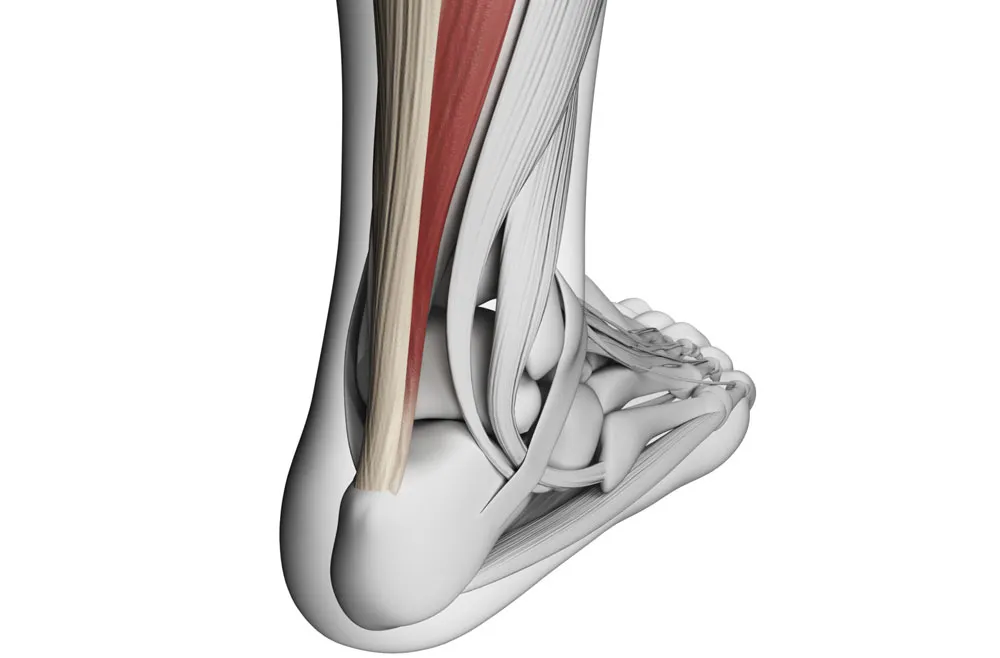
Back pain is a prevalent and often debilitating condition that can affect individuals of all ages and walks of life.
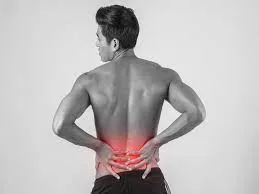
Arthritis is a common and often painful condition that affects millions of individuals worldwide. It's not a single disease but rather a group of more than 100 different types of joint-related conditions.
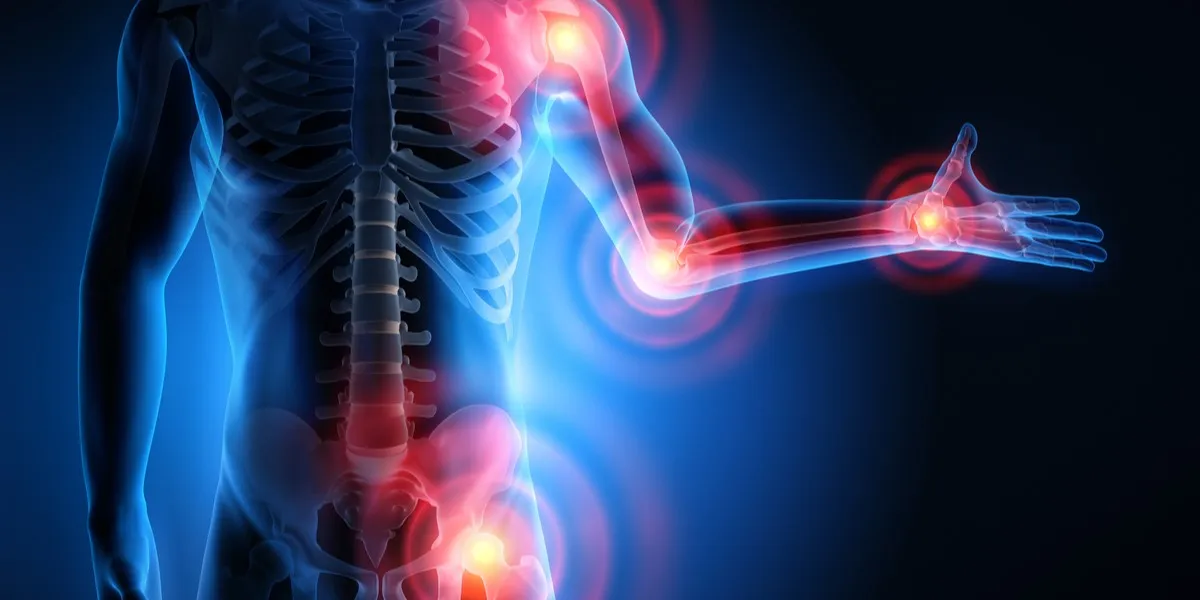
Ankle injuries are prevalent in the world of sports and can be a significant setback for athletes.
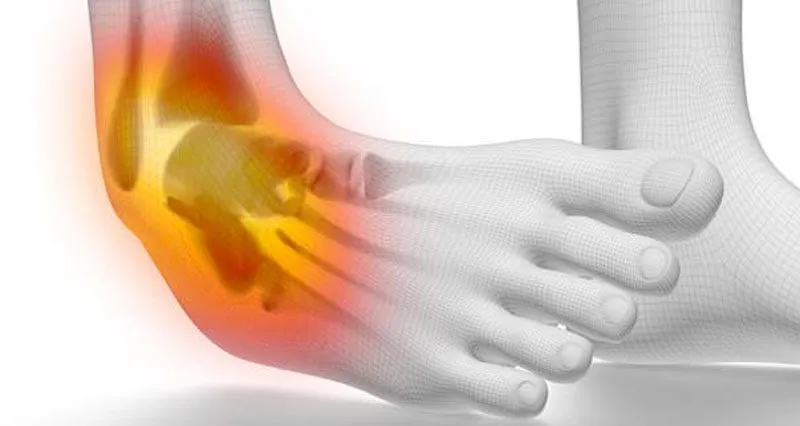
Amyotrophic Lateral Sclerosis (ALS), often referred to as Lou Gehrig's disease, is a progressive neurodegenerative disorder that affects nerve cells in the brain and spinal cord.
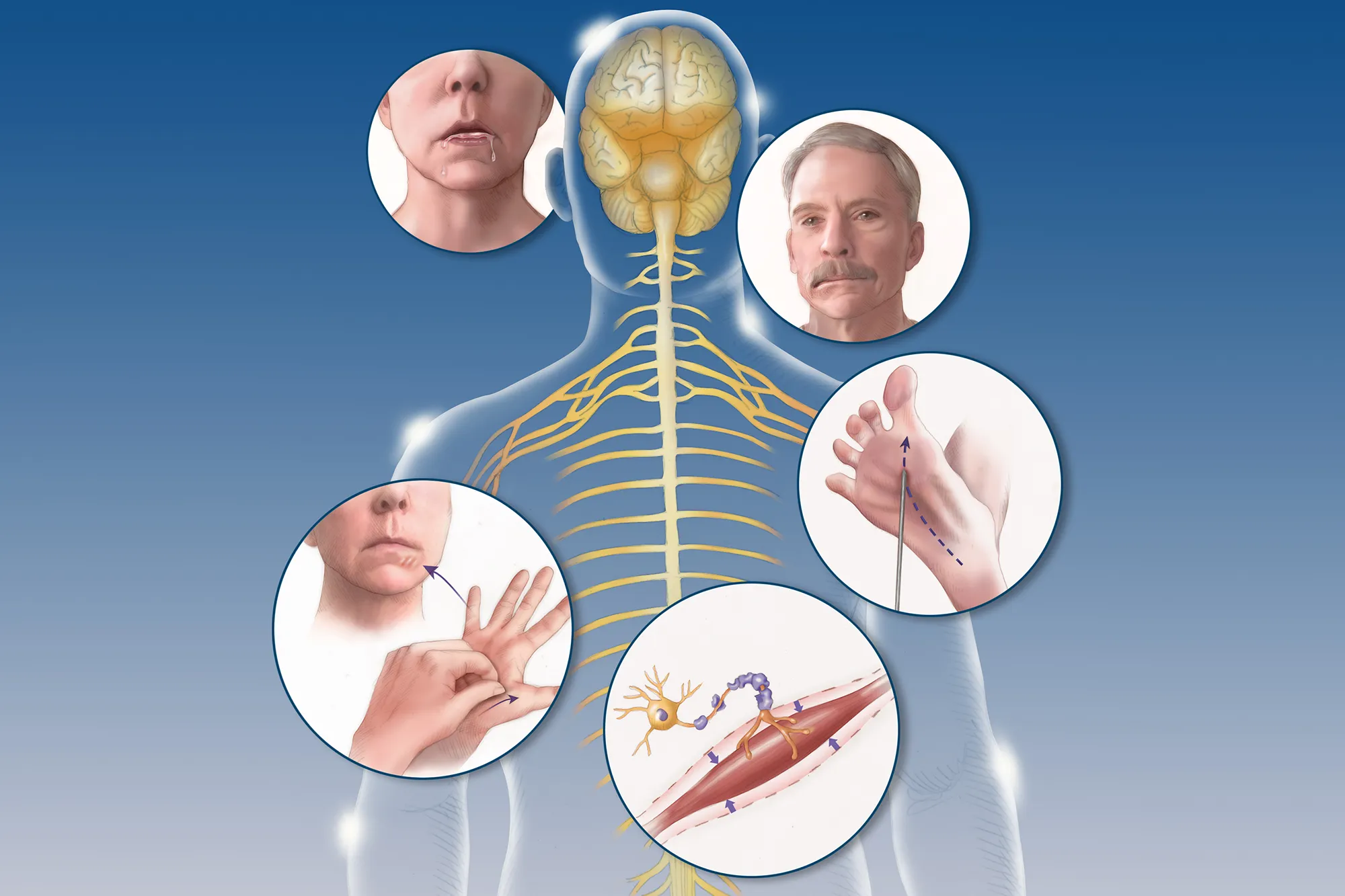
Degenerative Disc Disease (DDD) is a common condition that affects the intervertebral discs in the spine.
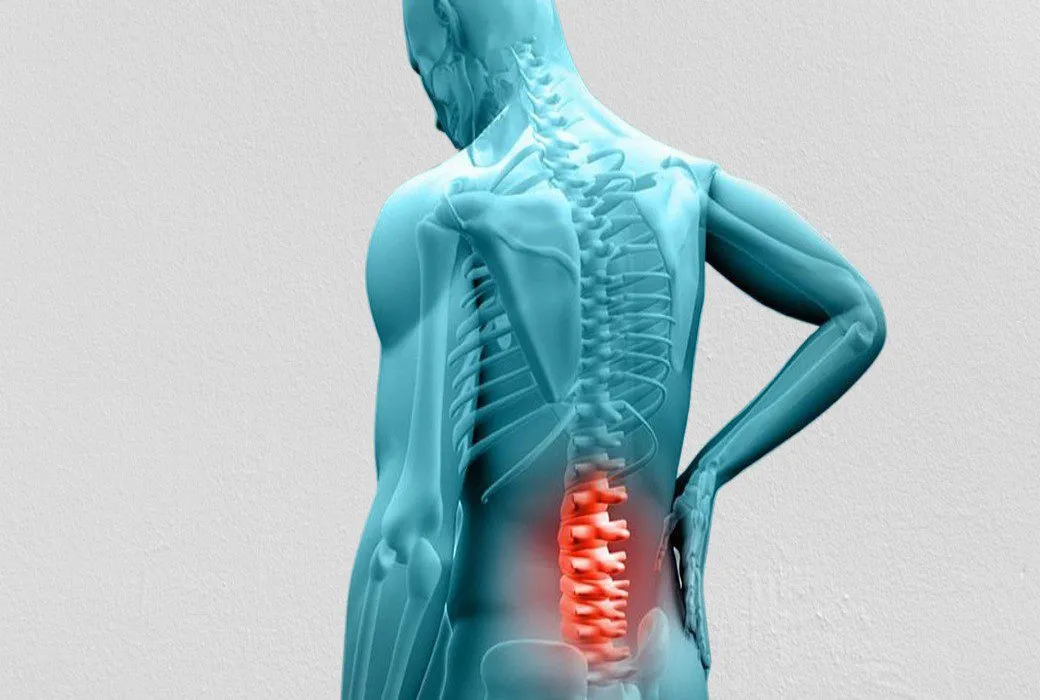
Myalgic Encephalomyelitis/Chronic Fatigue Syndrome (ME/CFS) is a perplexing and debilitating condition that impacts individuals, often altering their daily lives and challenging conventional understanding.
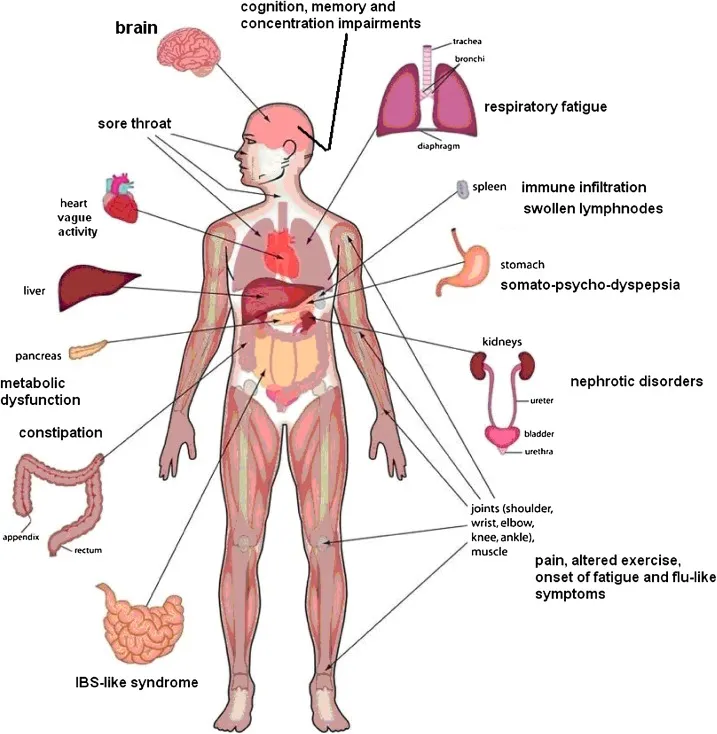
Muscular dystrophy encompasses a group of diseases leading to progressive muscle weakness and loss of muscle mass. The development of abnormal genes disrupts the production of necessary proteins crucial for healthy muscle function.
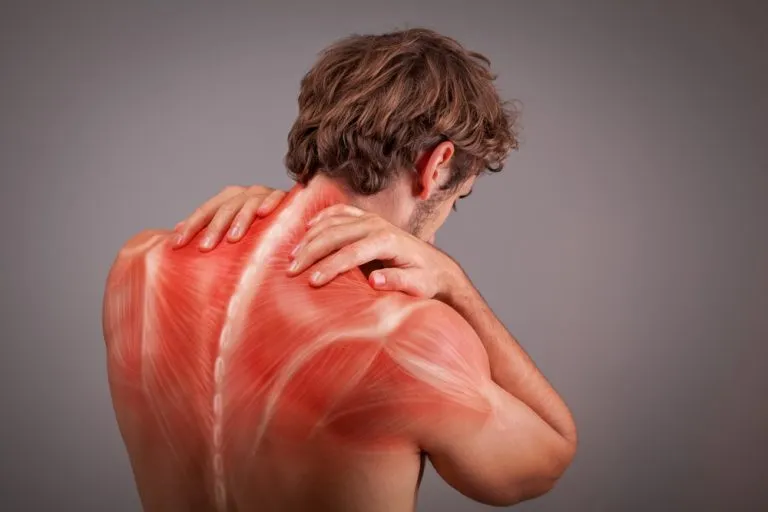
Fibromyalgia stands as a complex and often misunderstood condition characterized by widespread musculoskeletal pain, fatigue, and sleep disturbances
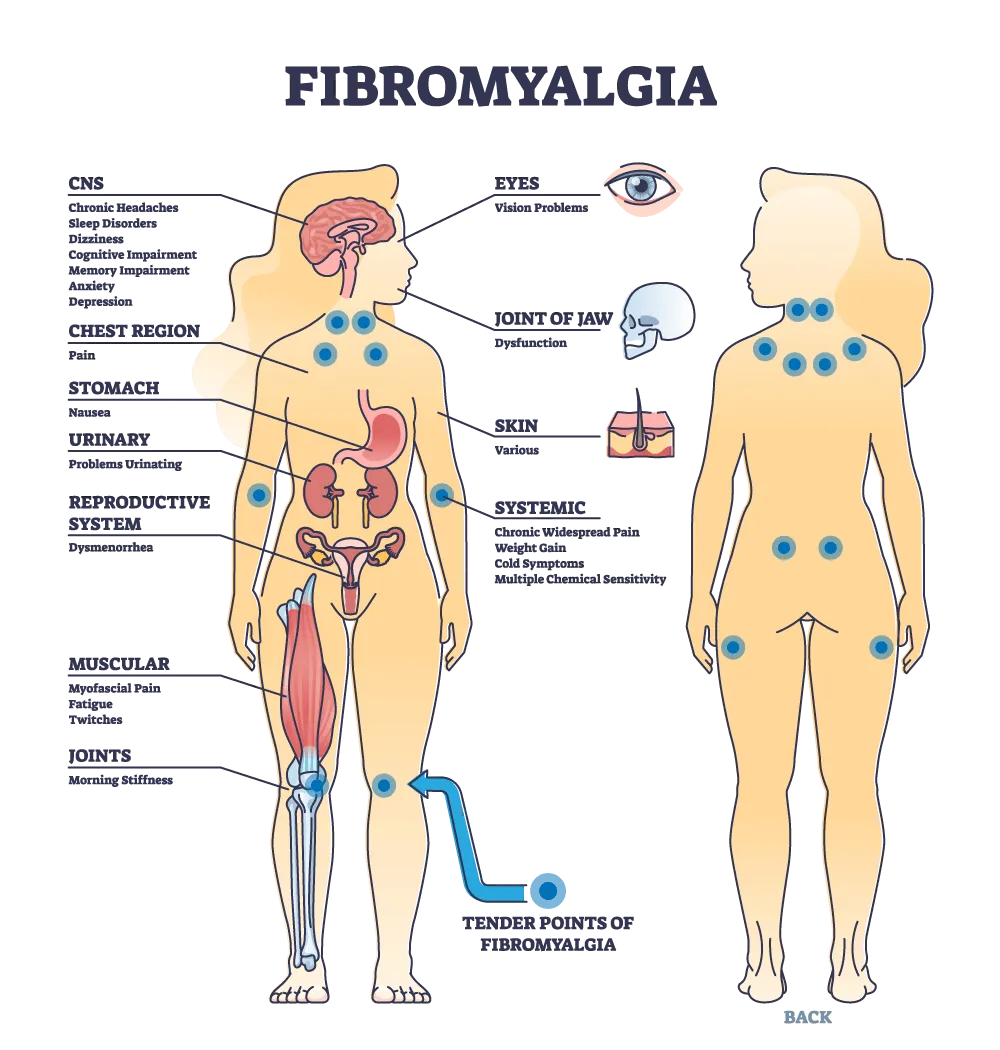
Bunions, medically referred to as "hallux valgus," are a common and often painful foot deformity that affects the joint at the base of the big toe.
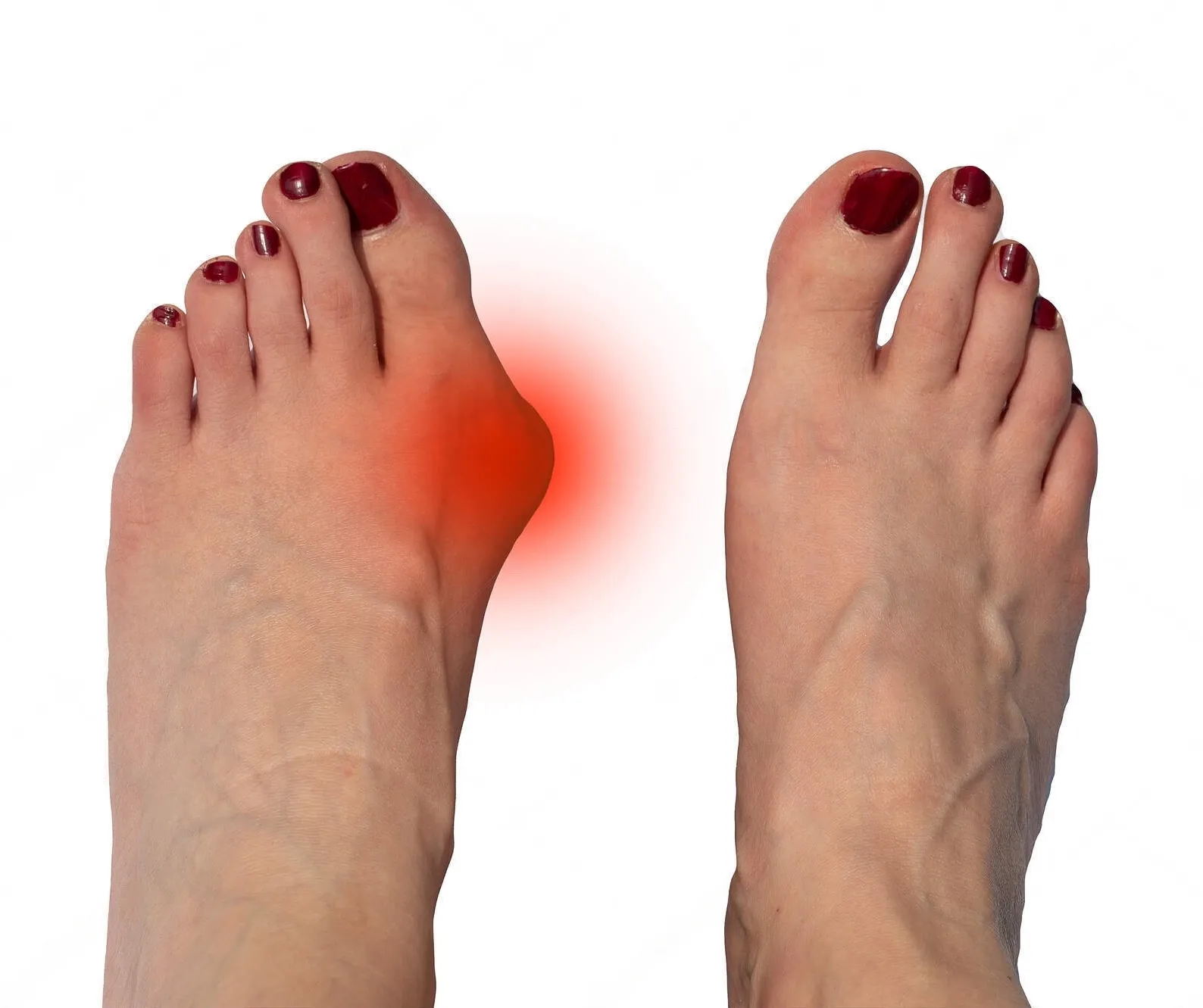
Herniated disc symptoms can be debilitating, causing pain, numbness, and mobility limitations.
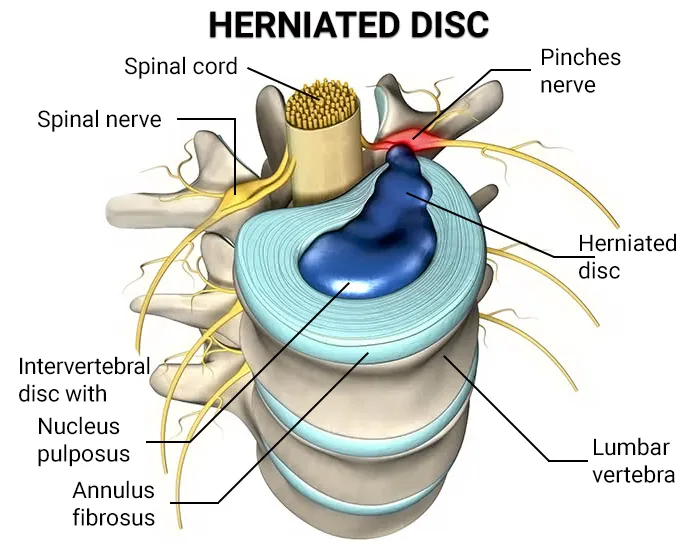
A heel spur is a bony growth that pokes out below your back heel bone inside of your foot. Heel spurs happen when stress and strain damages your foot ligaments.
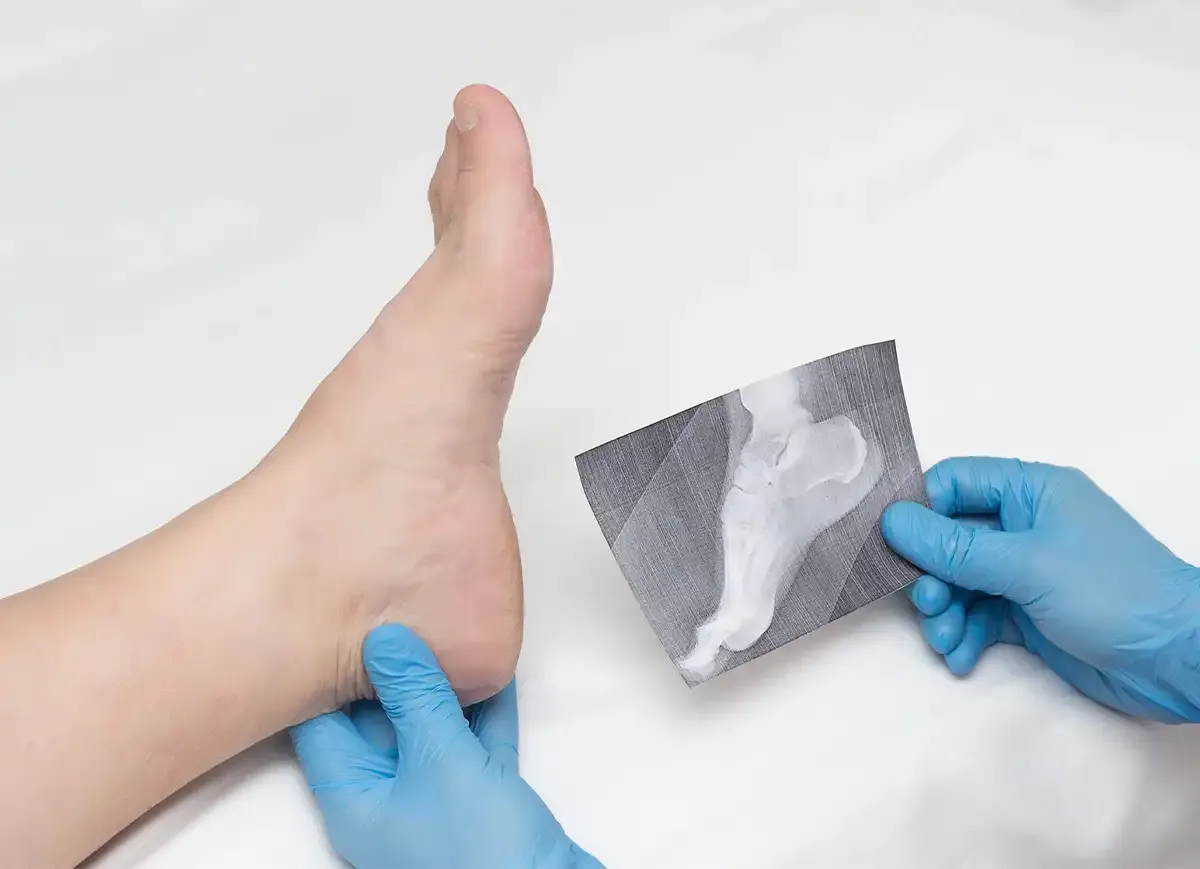
Knee pain is a widespread issue that can significantly impact a person's mobility and quality of life.Knee pain is a widespread issue that can significantly impact a person's mobility and quality of life.
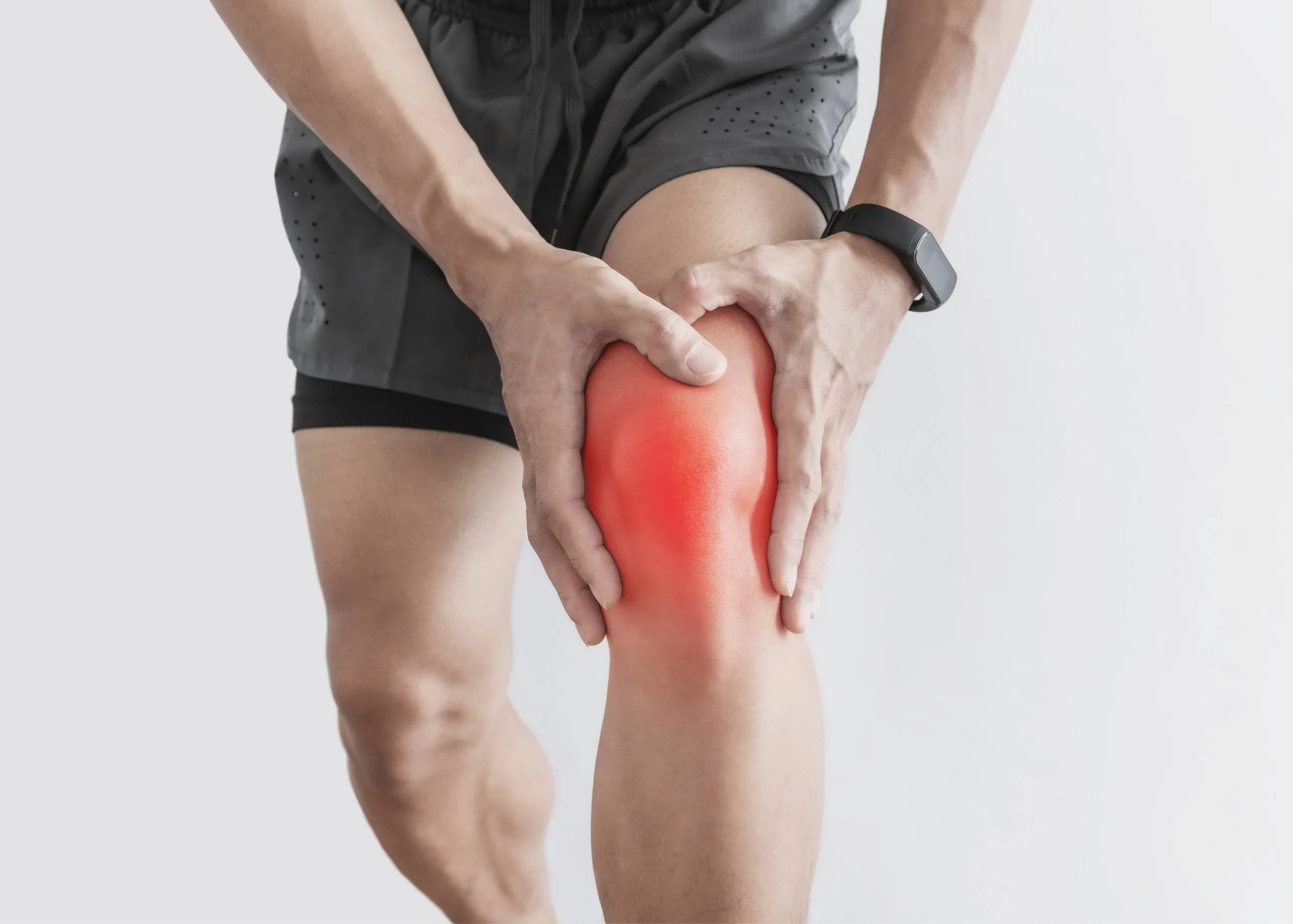
Heel pain can be a nagging and uncomfortable issue that affects many people. In this article, we will explore the various causes of heel pain, common symptoms associated with it, and the available treatments that can help you find relief and get back to your active lifestyle.
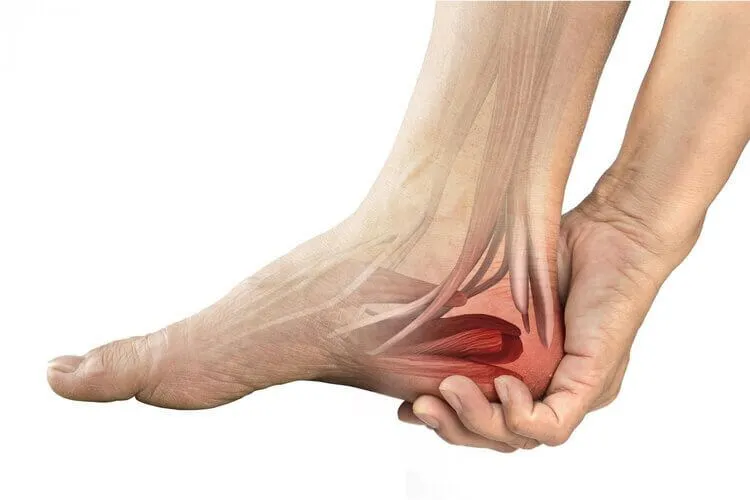
Military Neck, also referred to as Cervical Kyphosis, is a condition that affects the natural curvature of the cervical spine, resulting in the loss of its typical curve.
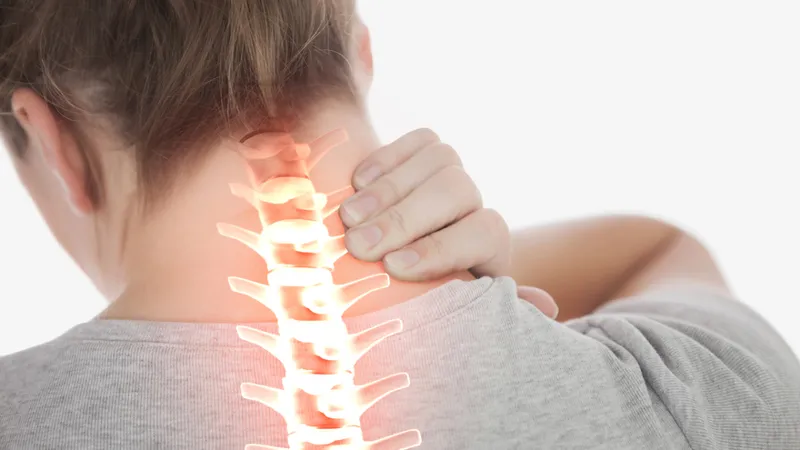
Migraines and headaches are prevalent neurological disorders that affect a significant portion of the population.

Lymphedema is a chronic condition characterized by the accumulation of lymphatic fluid, leading to persistent swelling, typically in the arms or legs.
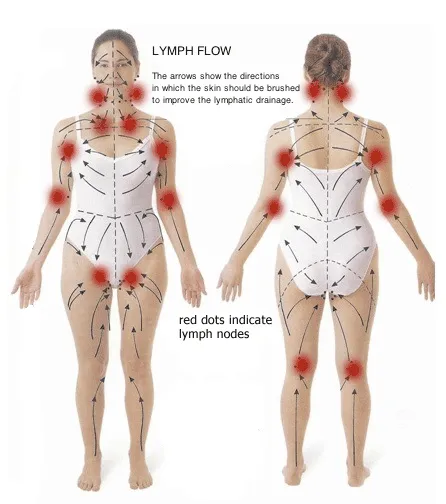
Plantar fasciitis is a common and often painful foot condition that affects millions of people worldwide.
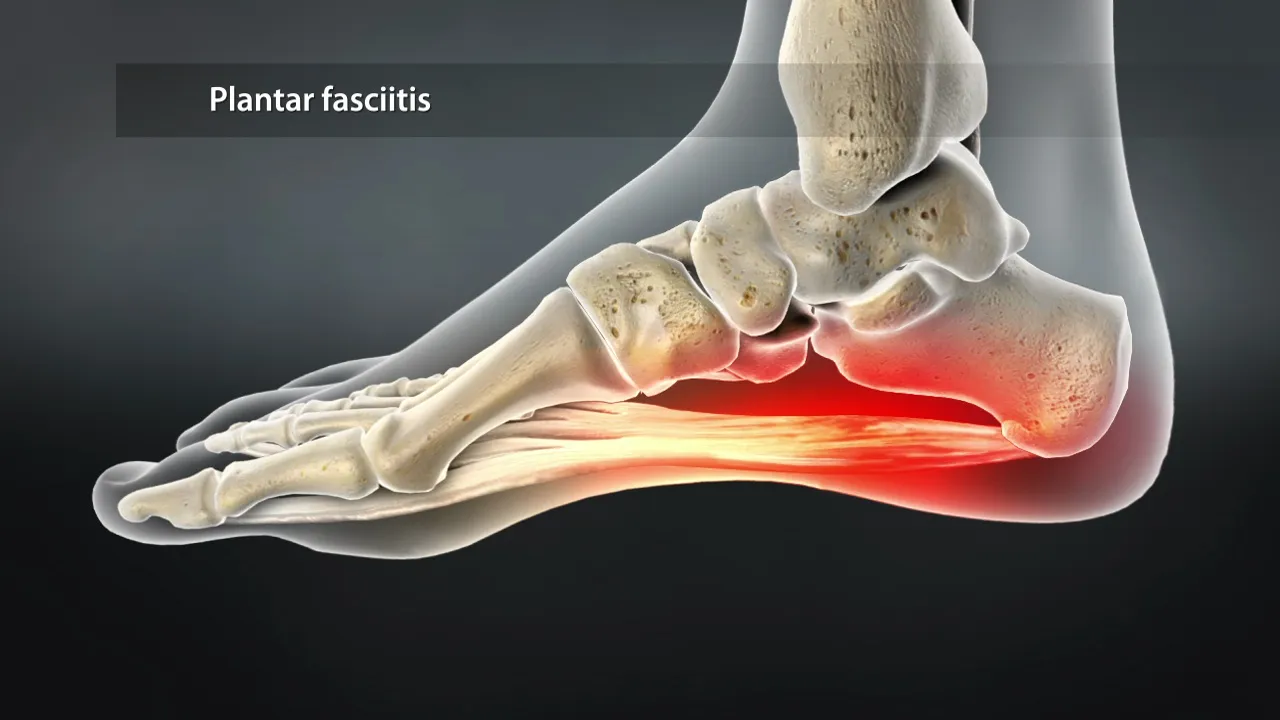
Piriformis syndrome is a perplexing condition, often overshadowed by more common sources of hip and lower back pain.
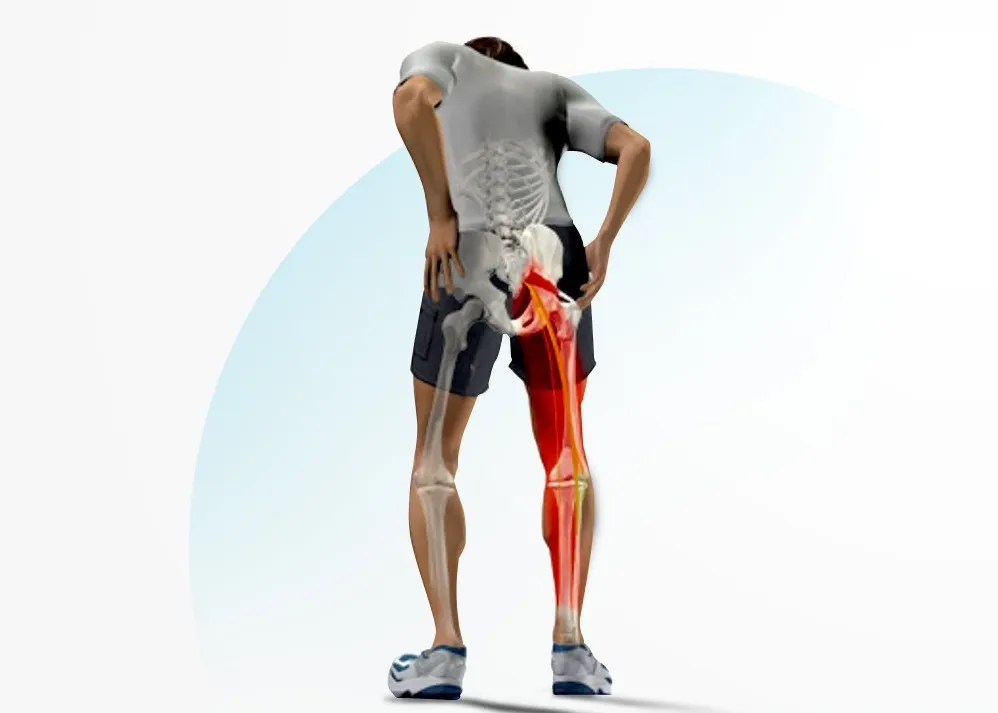
motor vehicle accidents (MVA) can result in a wide range of injuries, from minor bruises to severe trauma. in the aftermath of such incidents, seeking prompt medical attention is crucial for assessing and addressing any injuries sustained.

Sarcopenia is the gradual loss of muscle mass that can affect people in their 30s and beyond. WebMD explains its symptoms, causes, diagnosis, and treatments.
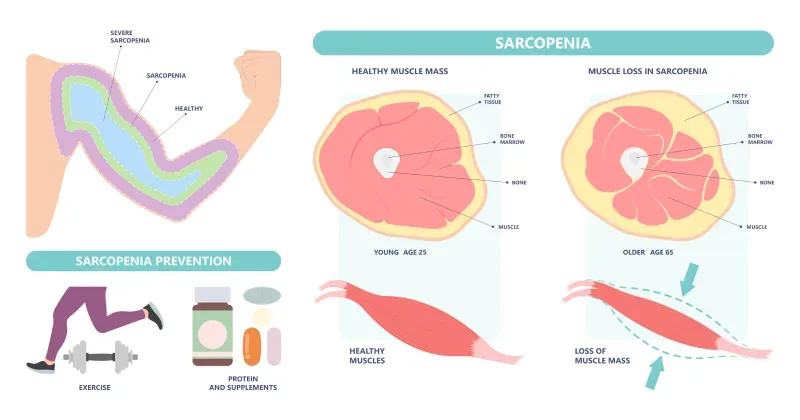
Spinal stenosis, a prevalent spinal condition, is characterized by the narrowing of the spinal canal, leading to discomfort and neurological symptoms.

The sacroiliac joint, a crucial junction between the sacrum and the ilium bones in the pelvis, plays a pivotal role in supporting the weight of the upper body.
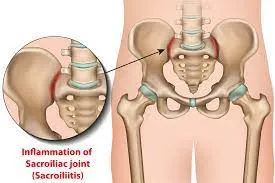
A rotator cuff injury can be a painful and limiting condition, impacting the functionality of the shoulder.
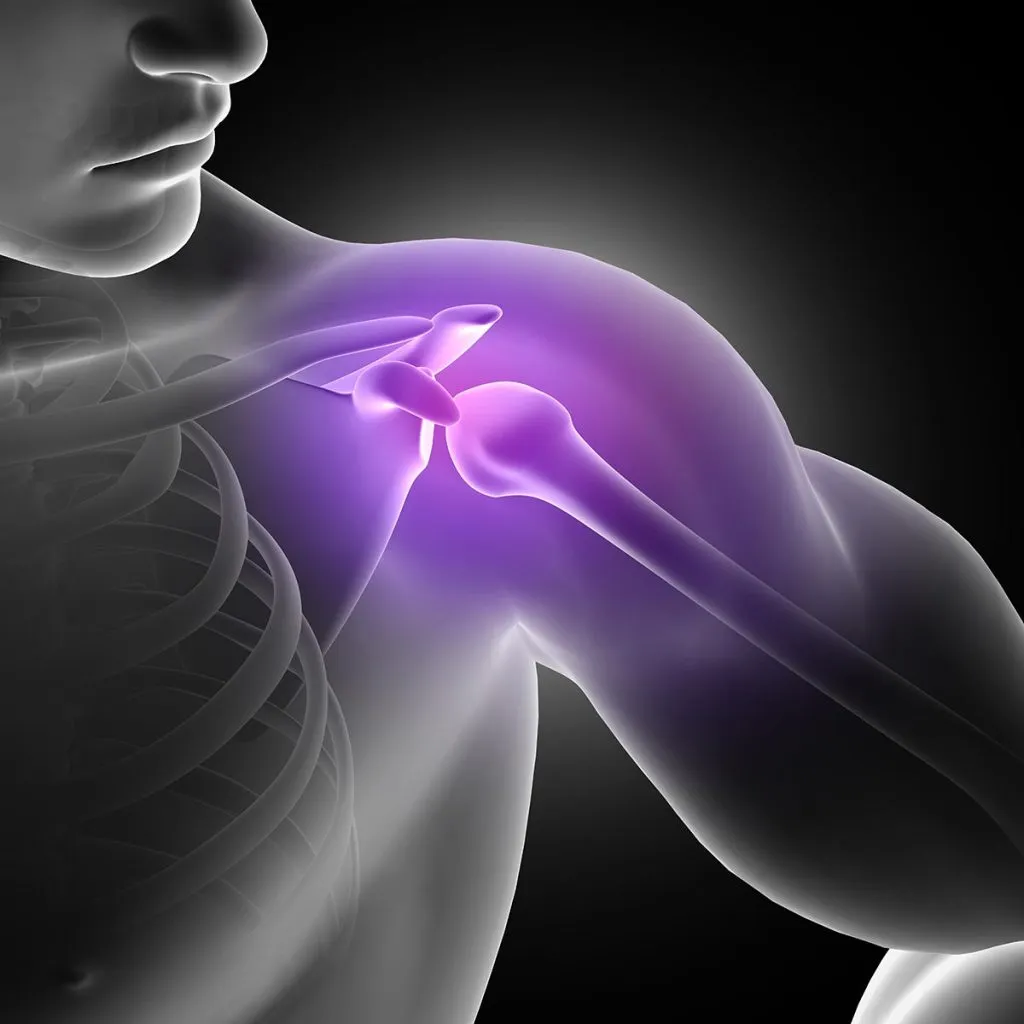
Suffering from lower back pain from sitting? It could be from poor ergonomics in your workplace. Learn more with these tips for how to alleviate pain from sitting.
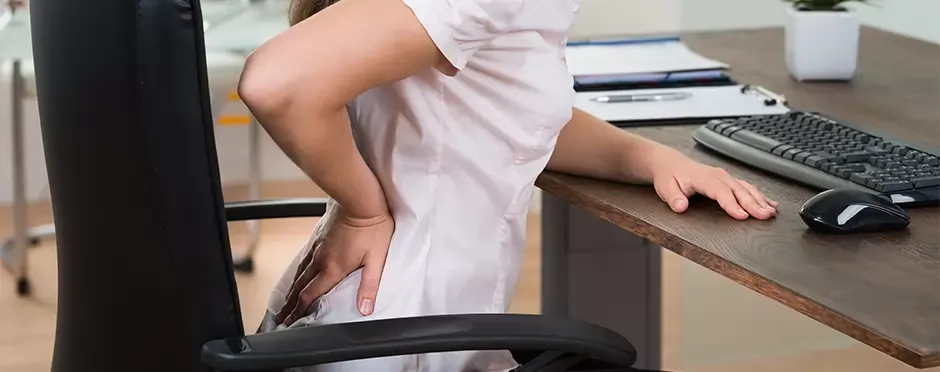
Sciatica is a painful and often debilitating condition that affects numerous individuals worldwide.
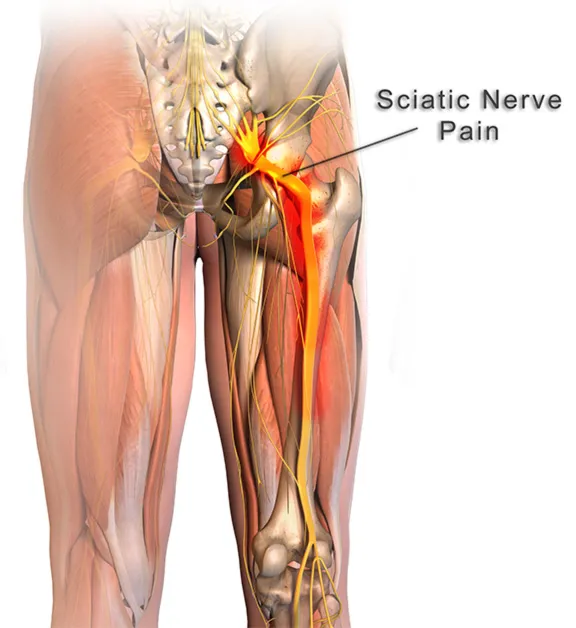
Tennis Elbow, also known as Lateral Epicondylitis, is a painful condition that affects the tendons in the forearm, causing discomfort and limited mobility in the elbow and wrist.

The temporomandibular joint (TMJ) serves as a pivotal mechanism, allowing us to perform everyday activities such as speaking, chewing, and yawning with ease. However, when this complex joint encounters issues, it can lead to Temporomandibular Joint Syndrome (TMJ syndrome).
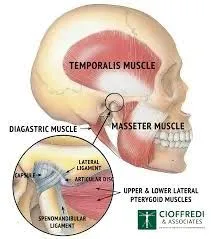
Tarsal Tunnel Syndrome (TTS) is a common and often painful condition affecting the tarsal tunnel—a narrow passage in the ankle.
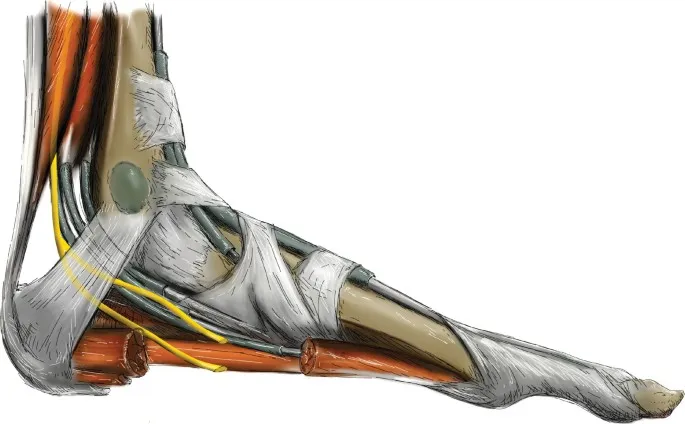
Explore the impact of time-restricted eating on heart health. Learn about the connection between diet and cardiovascular risk.
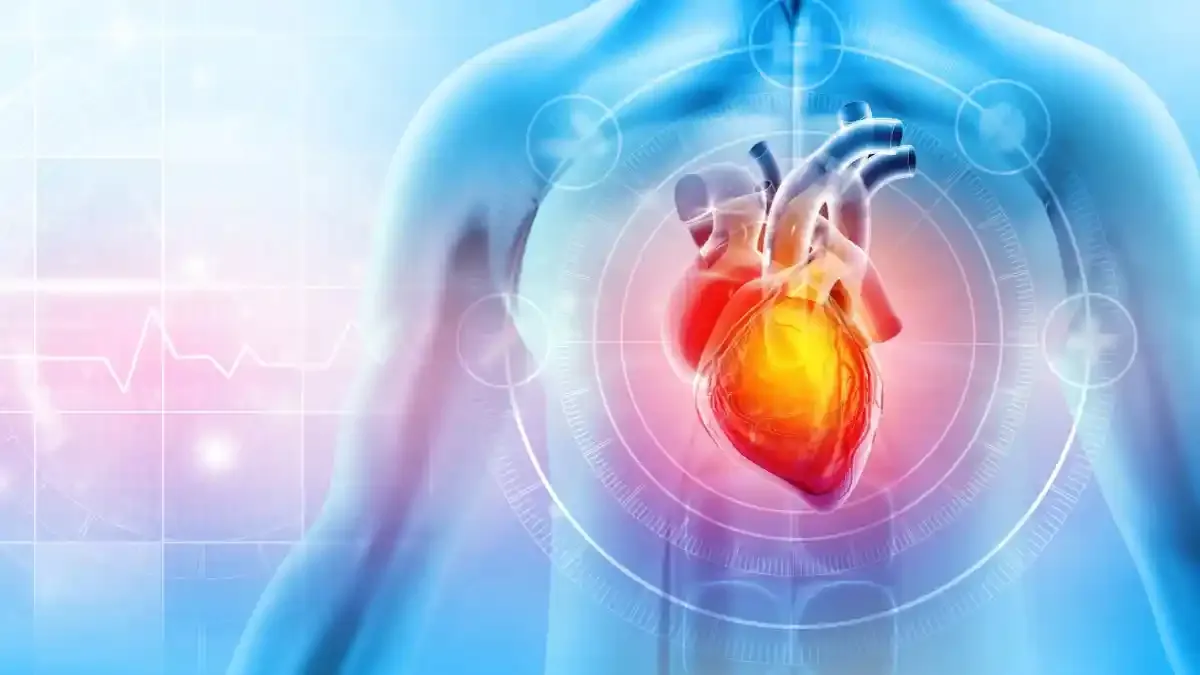
Most cases of foot or ankle pain are short term and are caused by soft tissue injuries, such as sprains or strains. You can usually ease the pain yourself But see York Rehab Clinic if the pain does not improve.
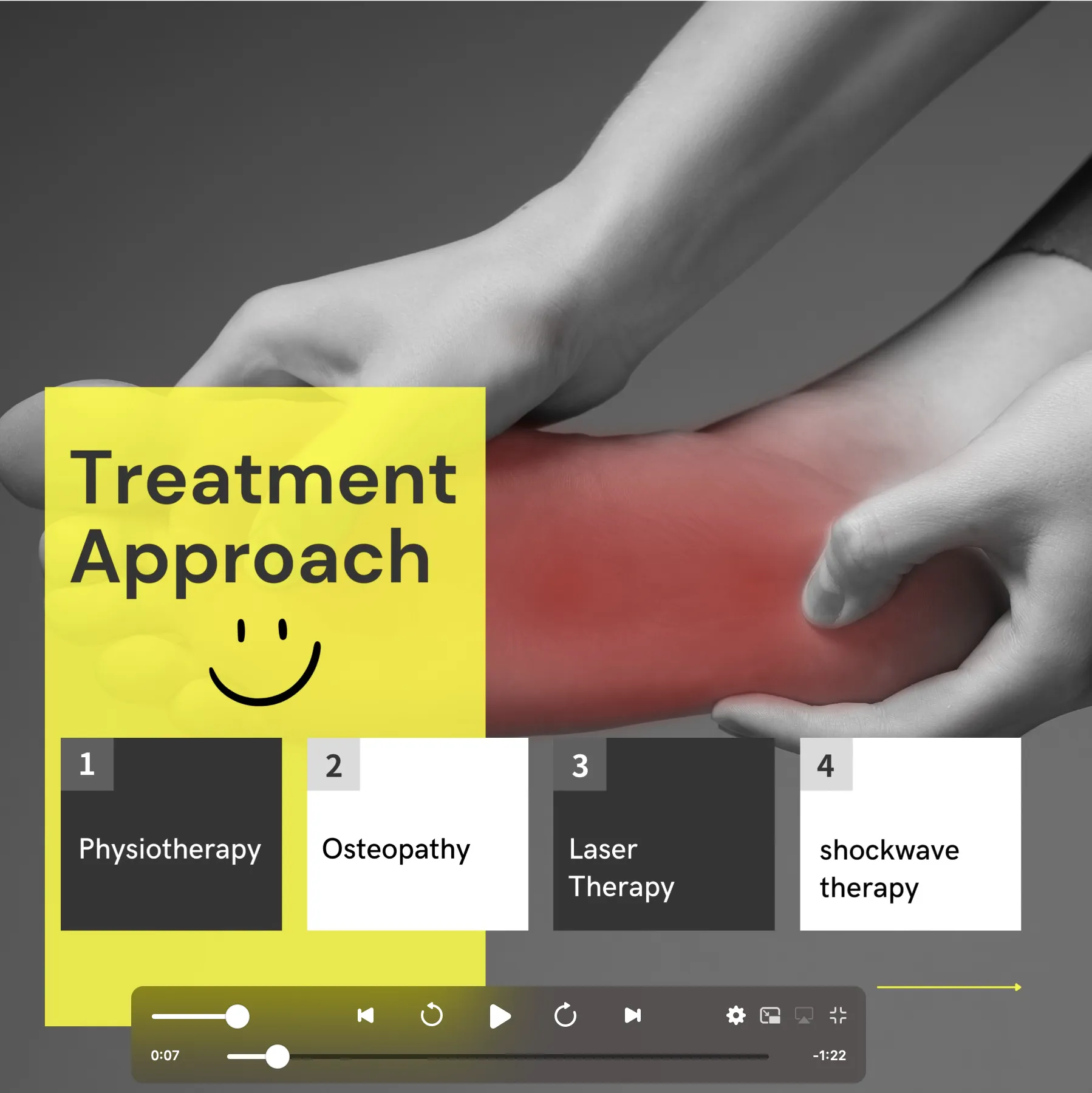
Bow legs is a genetic condition where the knees bow outward when standing. Learn its symptoms and causes at York Rehab Clinic.
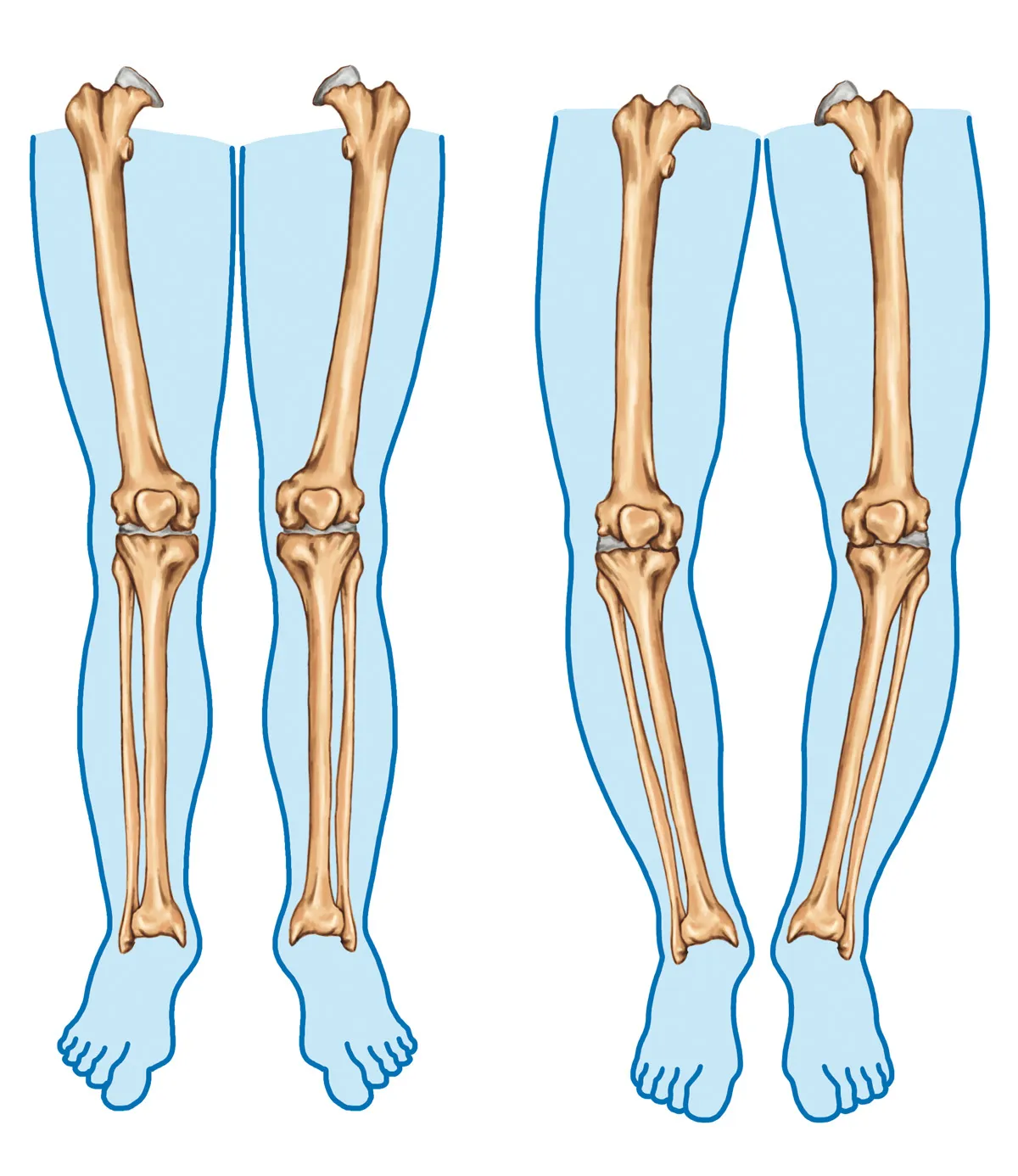
This article explores the complexities of Parkinson’s Disease and sheds light on the therapeutic benefits offered by osteopathy and physiotherapy.
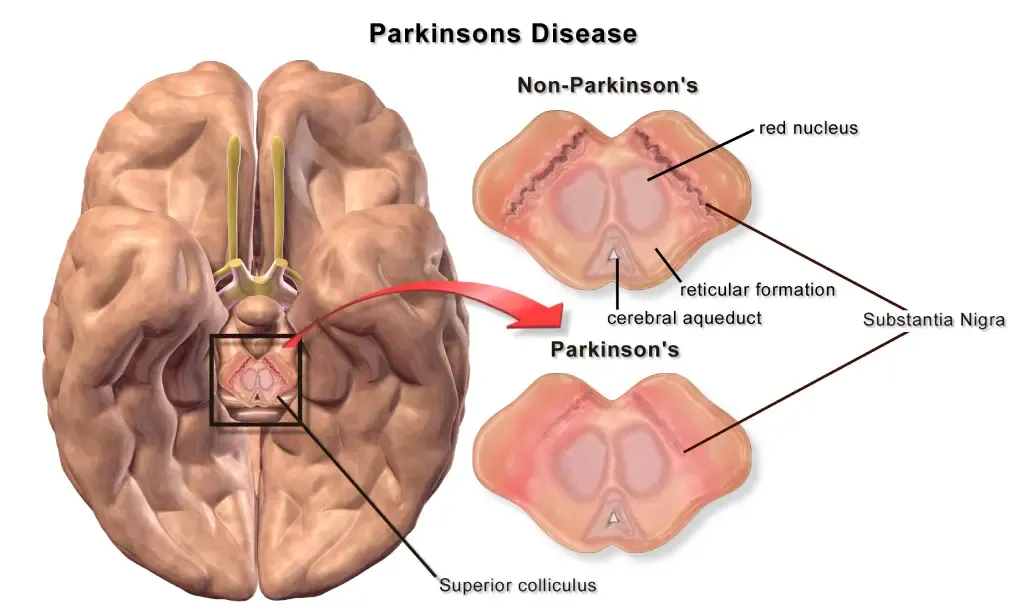
Cervical spondylosis, a prevalent condition, unfolds as a result of wear and tear on the spinal discs in the neck.
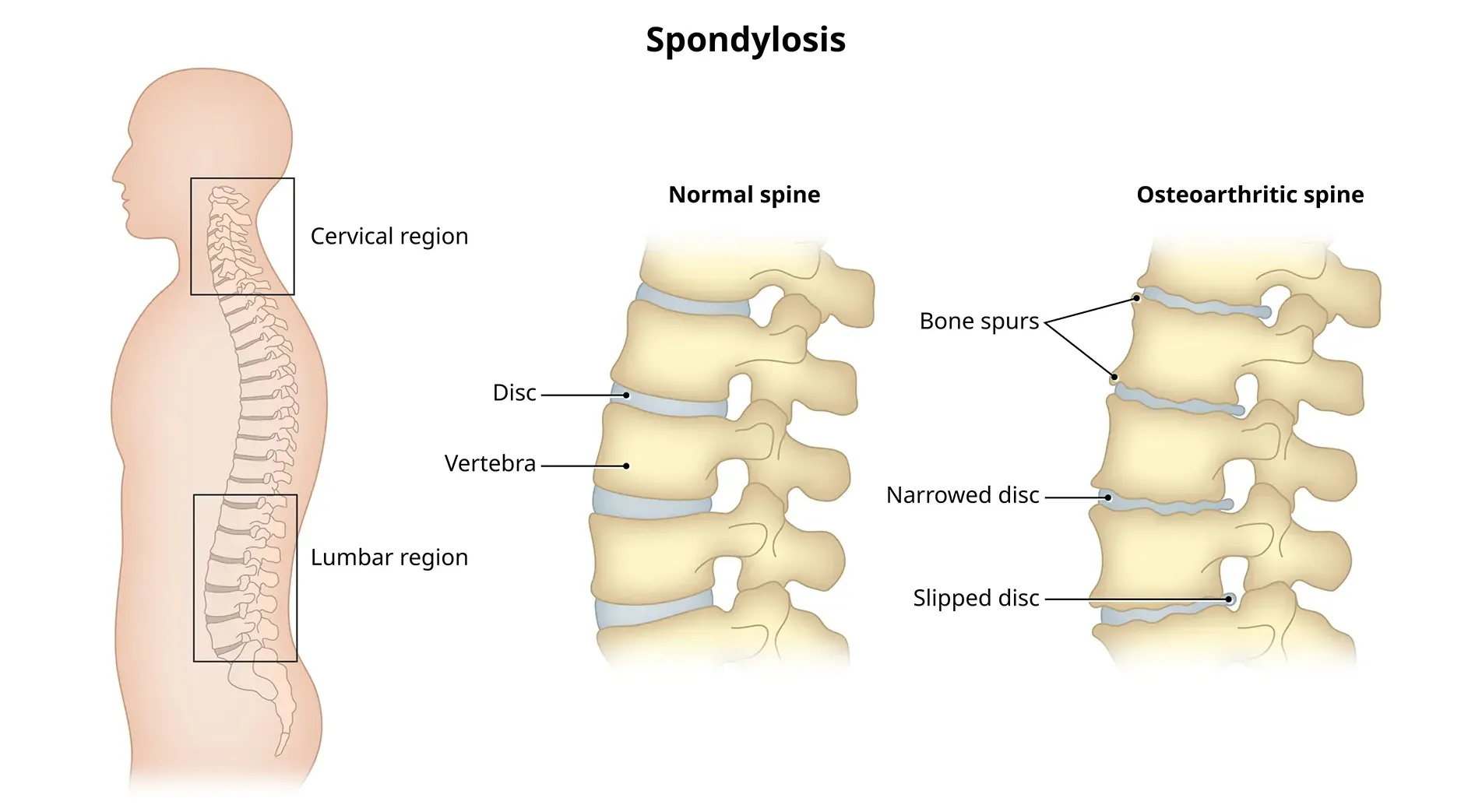
A dowager’s hump, a curve at the base of your neck, can cause extreme fatigue, back pain and headaches.
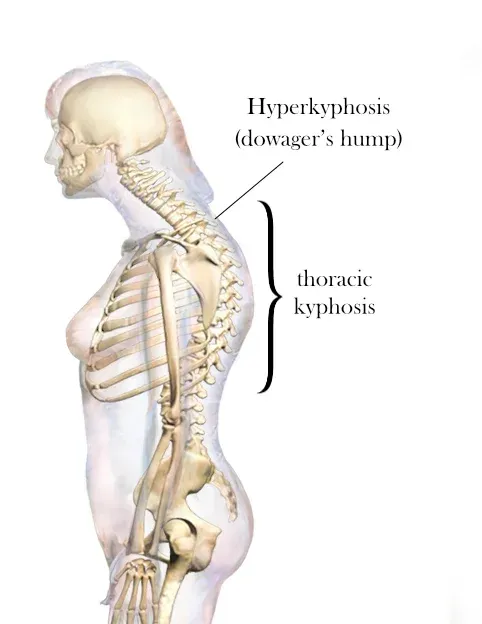
Flat feet cause pain, muscle strain, and fatigue. Treatments can ease discomfort. Symptoms include ankle pain, muscle fatigue and changes in walking.
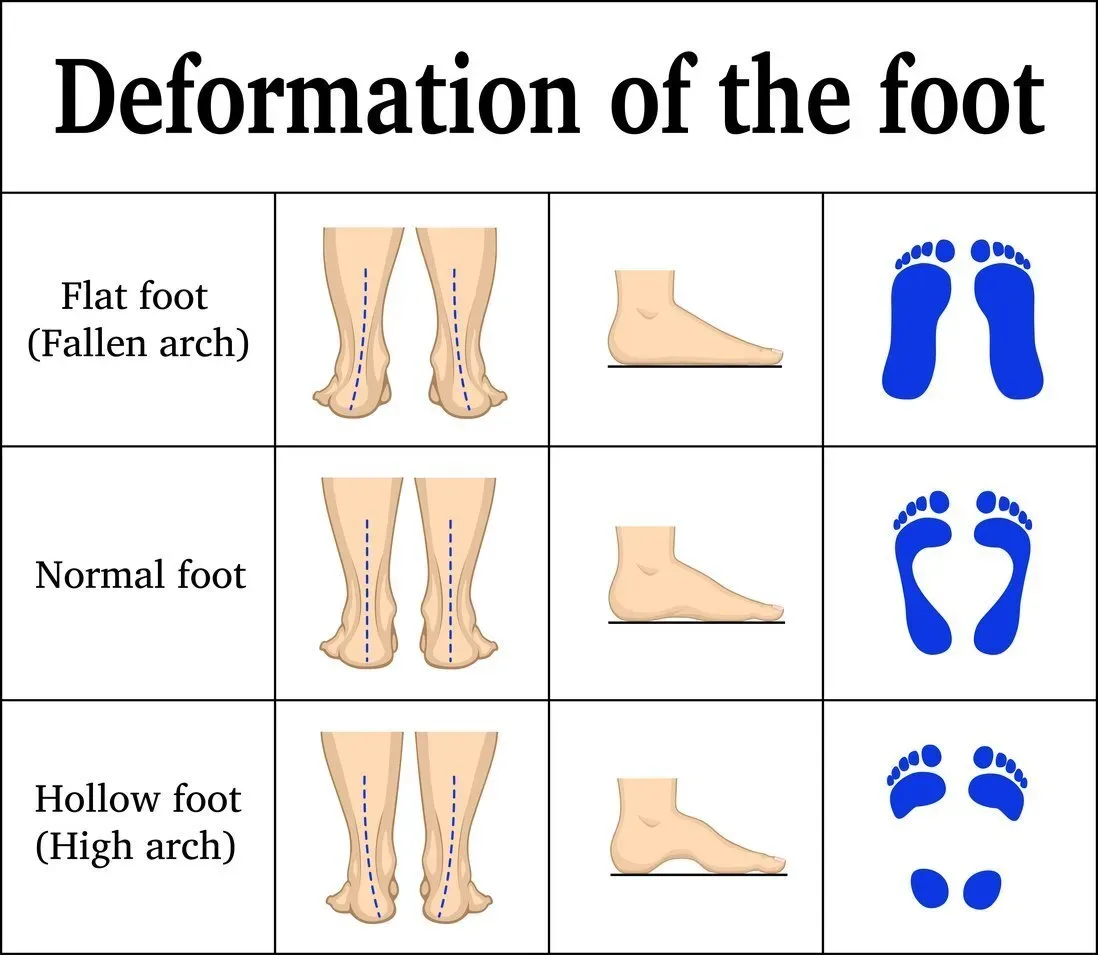
Traumatic brain injury (TBI) often results from a violent blow or jolt to the head or body, causing various physical and psychological effects.
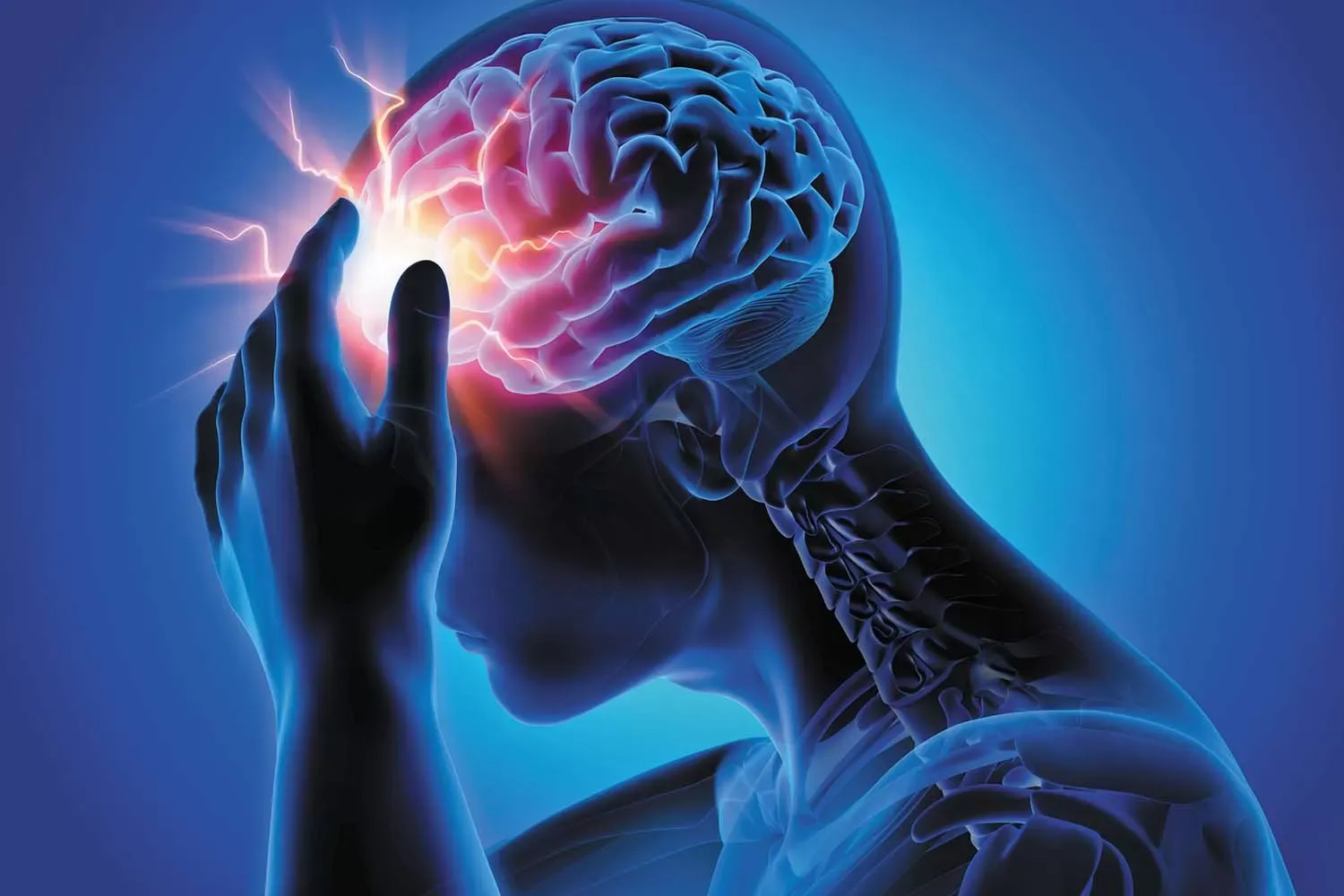
Introduction: Neck stiffness can be a discomforting and limiting condition that affects people of all ages.
